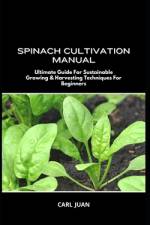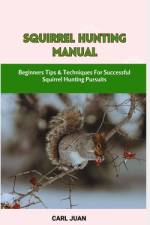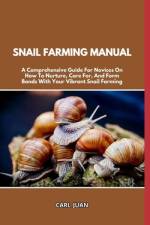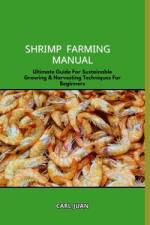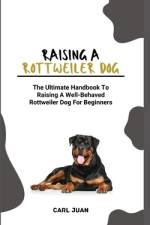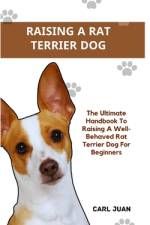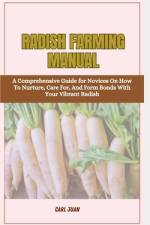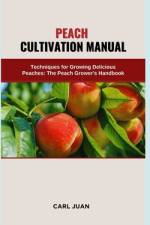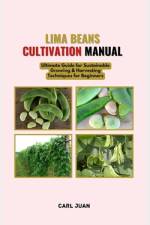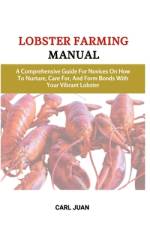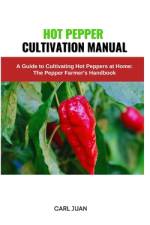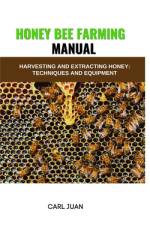- Ultimate Guide For Sustainable Growing & Harvesting Techniques For Beginners
av Carl Juan
139,-
In most contexts, "lettuce growing" means the process of cultivating lettuce. Lettuce is a popular leafy green because of its edible, soft leaves, which are put to good use in salads and sandwiches. Lettuce is widely grown in both traditional farming and more modern methods like hydroponics.To cultivate lettuce, one must first sow lettuce seeds or seedlings in soil or another growth medium, tend to the plants until they are mature enough to harvest, and then harvest the lettuce. Among the most important aspects of lettuce cultivation are: - Lettuce can be grown in either regular garden soil or potting mix in containers. It can be cultivated without soil in nutrient-rich water-based hydroponic systems.- Watering: Lettuce requires consistent and even hydration to avoid the leaves from becoming bitter or developing a rough texture. In order to keep the soil moist, many people utilize drip irrigation or soaker hoses.- Lettuce, which thrives in the spring and fall when temperatures are milder, is a versatile crop. As a result of its heat tolerance, it is a common winter crop in tropical regions.- Lettuce prefers bright, indirect sunshine, but it can also grow in partial shade, which is very helpful in regions with particularly high temperatures.- For optimal leaf development, lettuce requires a fertilizer that provides a balanced ratio of nitrogen, phosphorus, and potassium.- Aphids, slugs, snails, and fungal infections are just some of the common pests and illnesses that can harm lettuce. These problems could be managed with integrated pest management strategies.- When lettuce leaves have grown to the correct size, they can be harvested by snipping them off near the plant's base. There are two methods of harvesting: "cut and come again," in which the plant is allowed to keep producing leaves, and "whole head," in which all of the leaves are removed.The specifics of lettuce cultivation may change with climate, growth method, and lettuce variety. Lettuce is a favorite among gardeners and farmers because it is simple to care for and produces fruit quickly. It can be cultivated in many different types, each with its own set of distinguishing traits: loose-leaf, butterhead, romaine, and iceberg lettuce.



